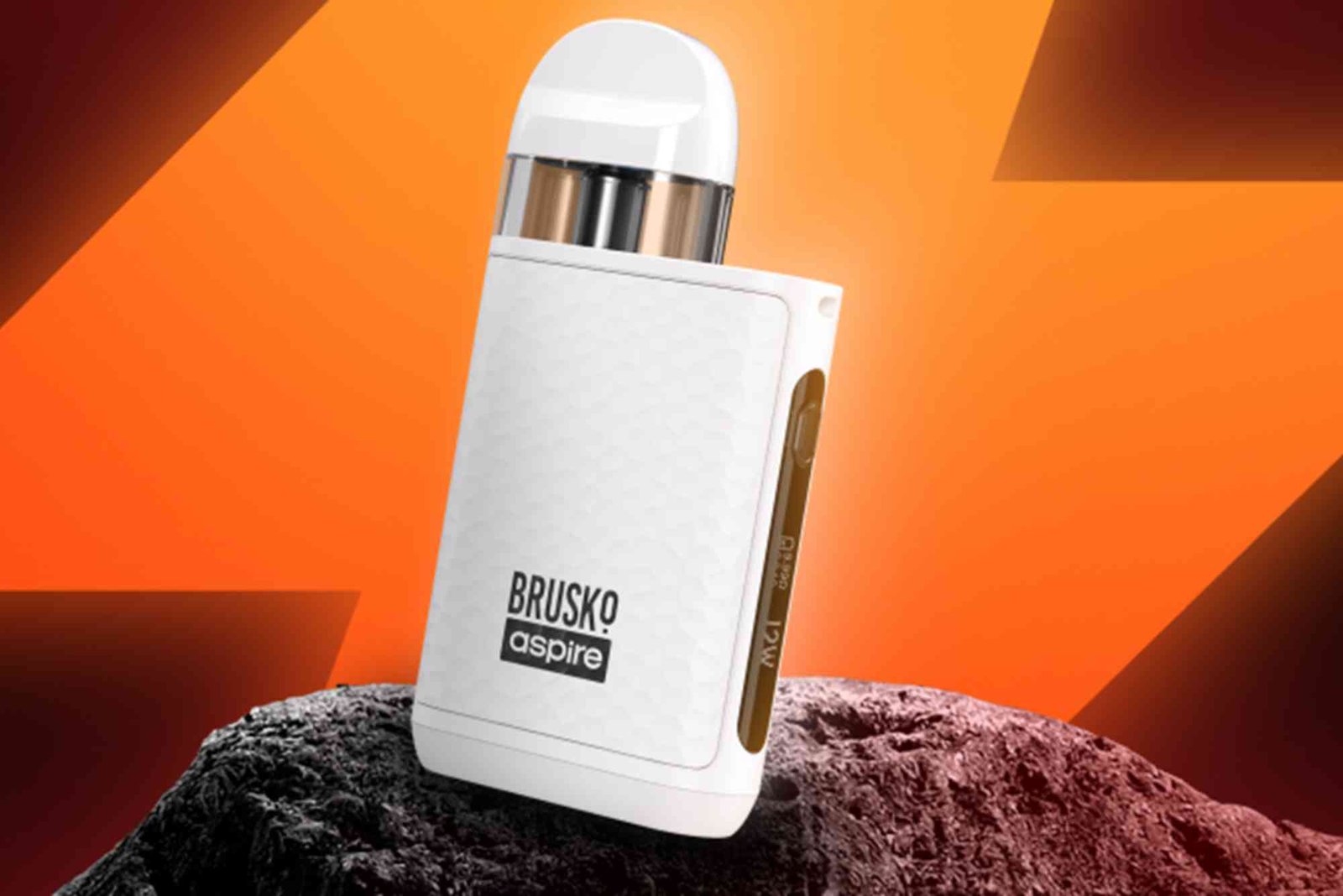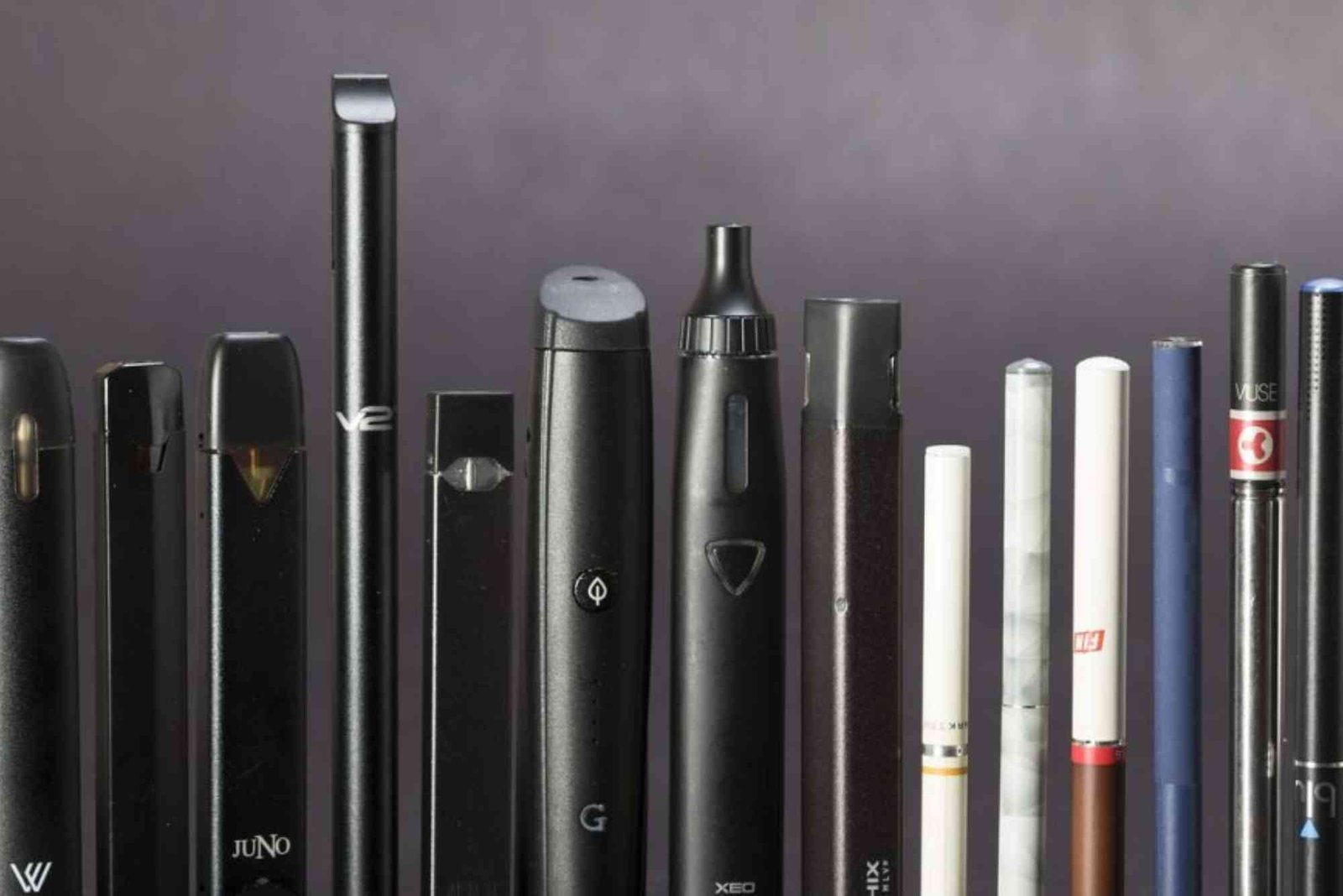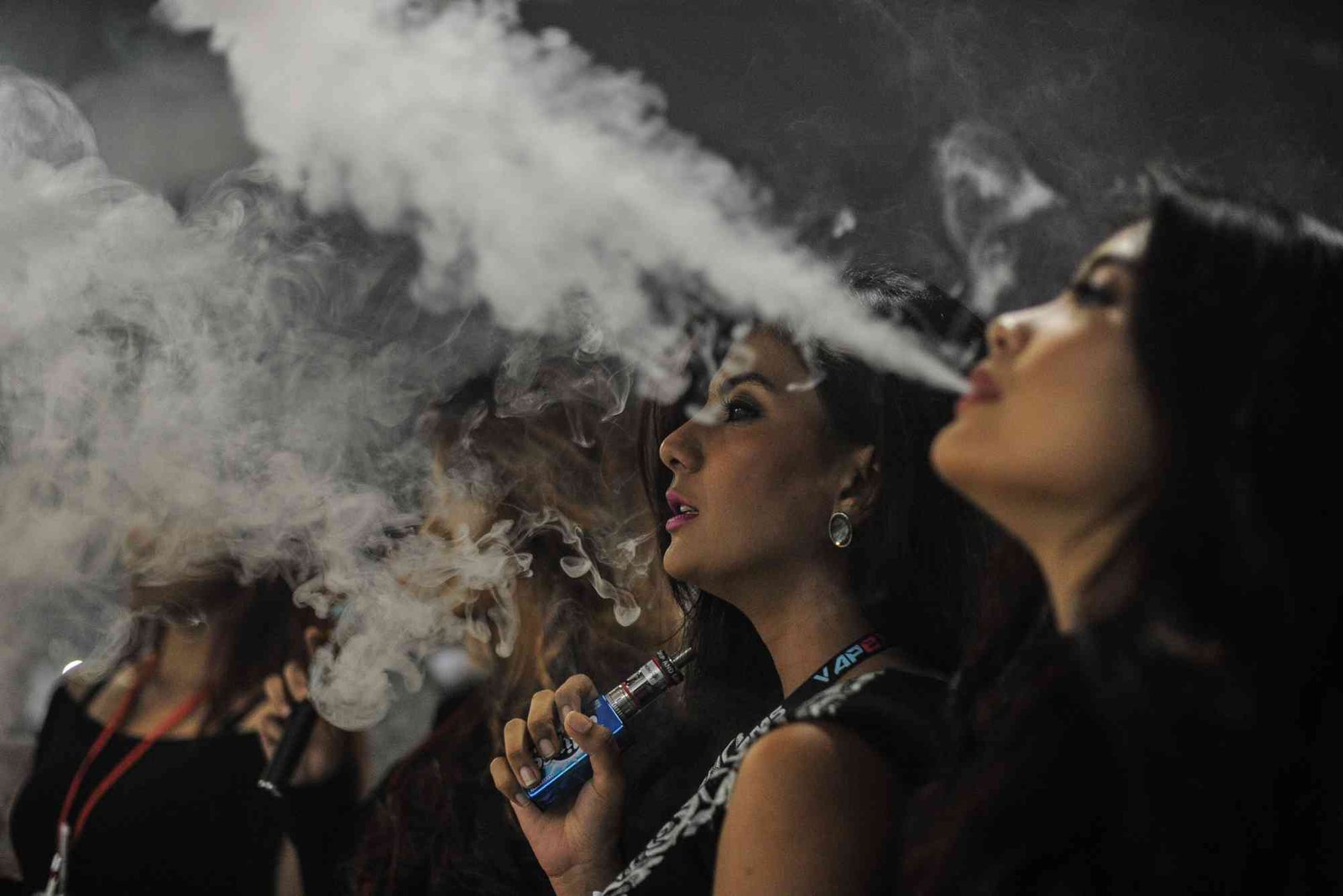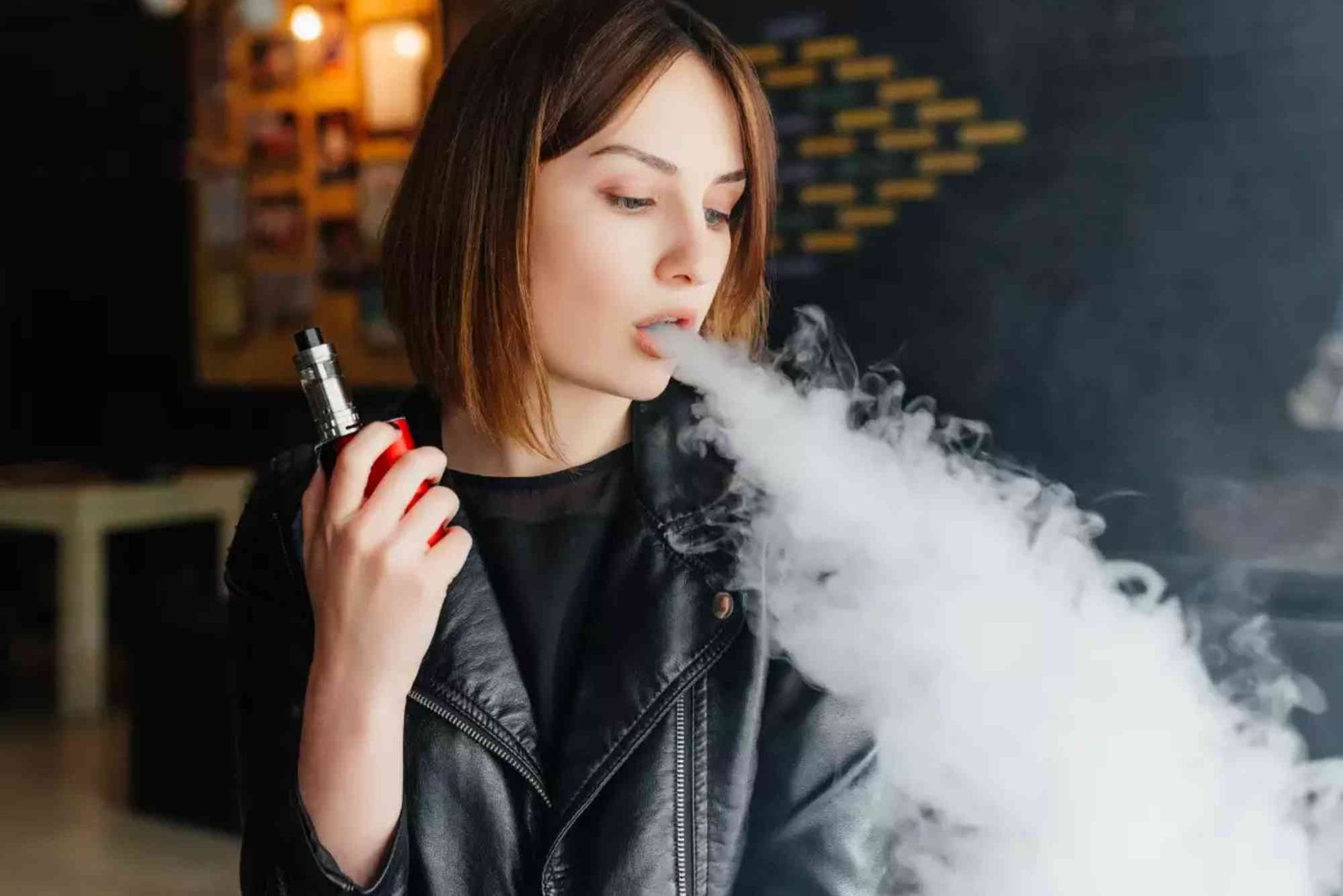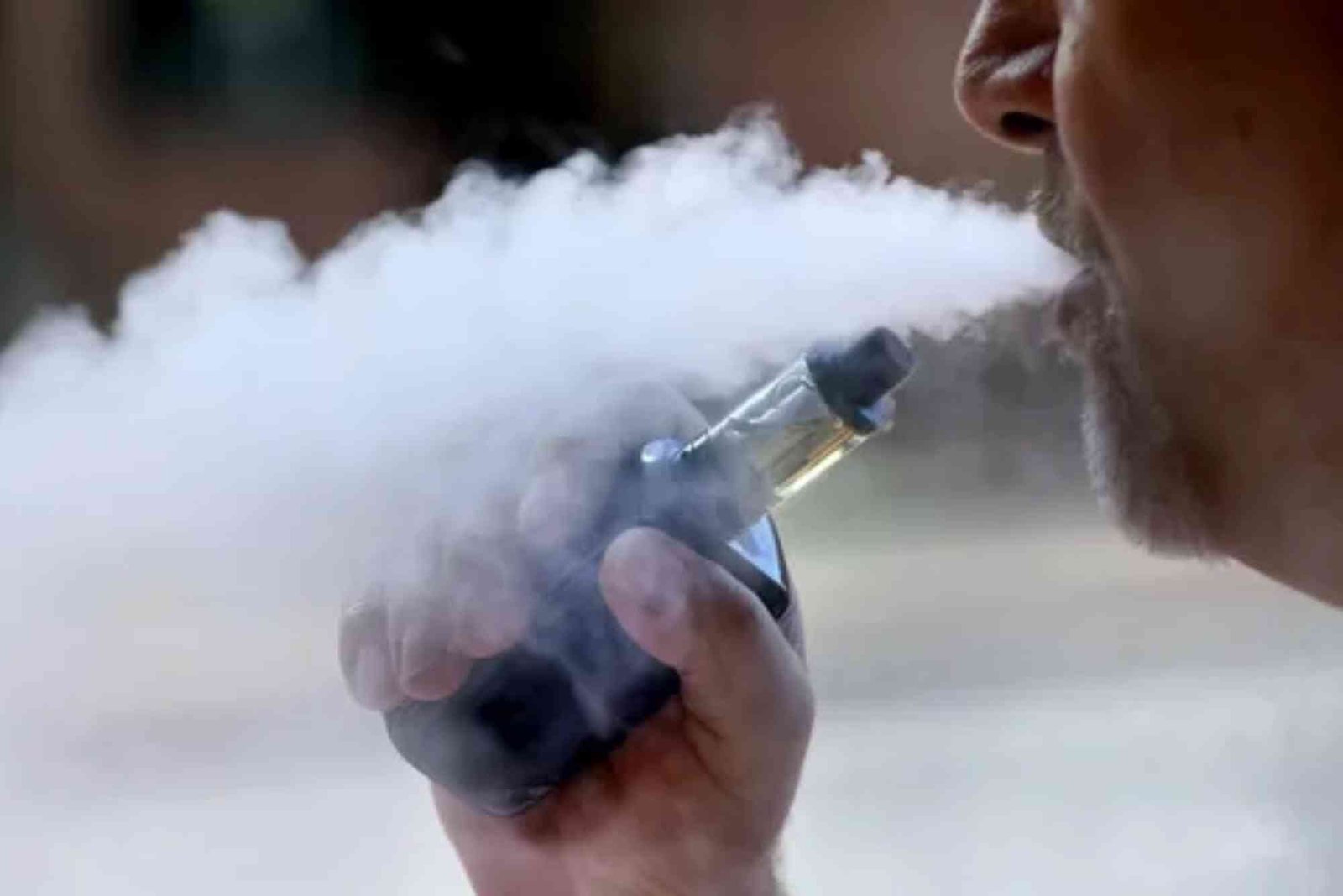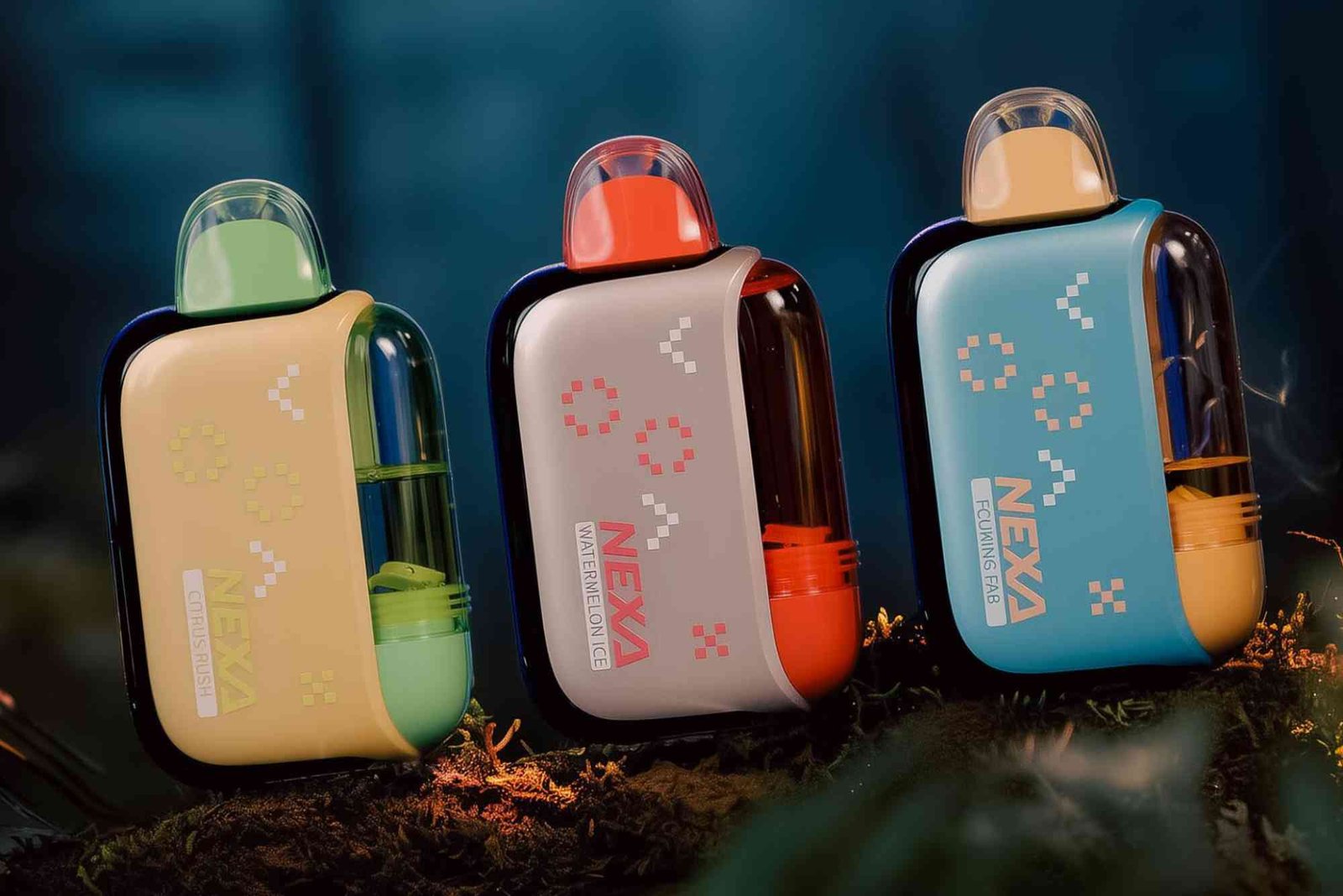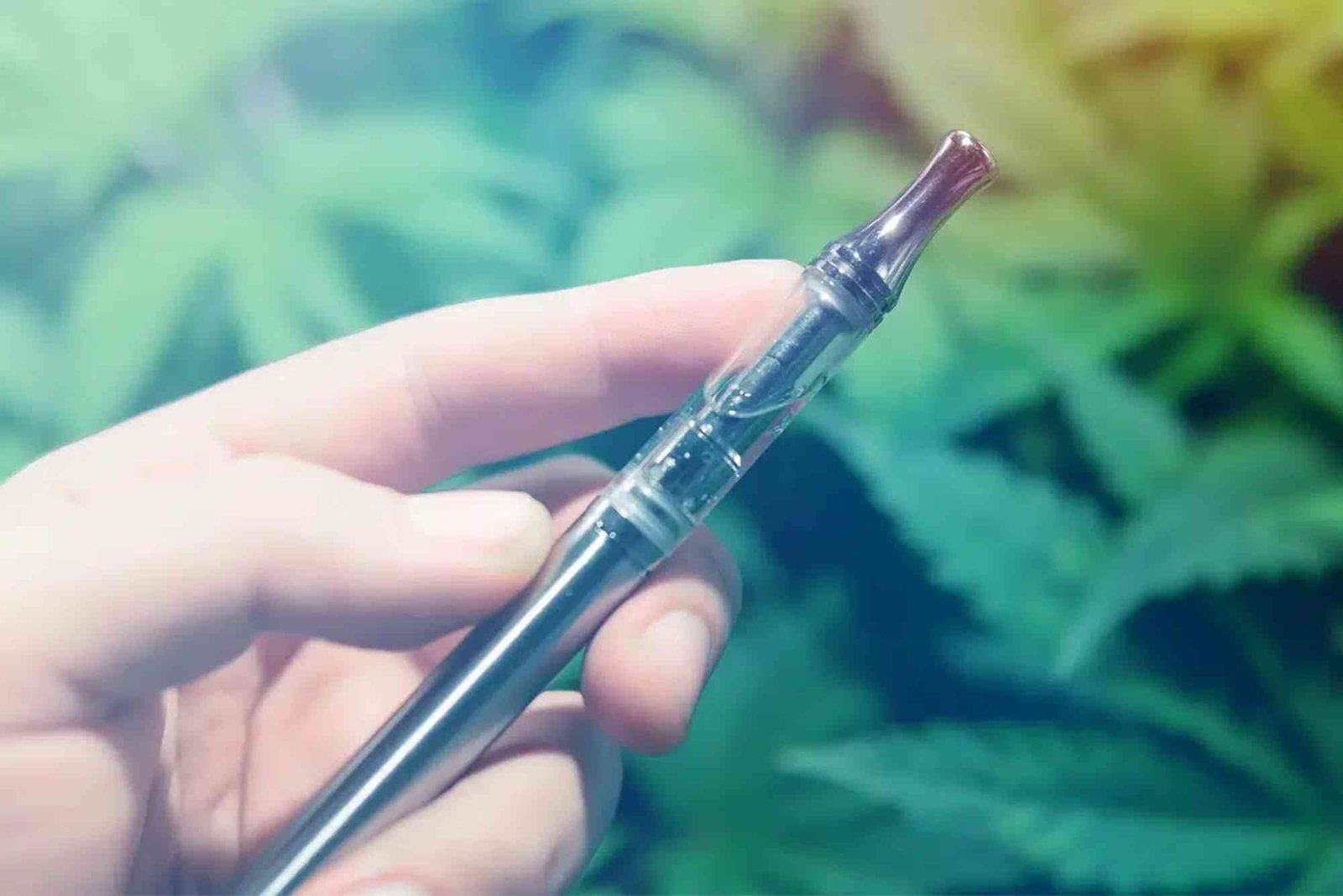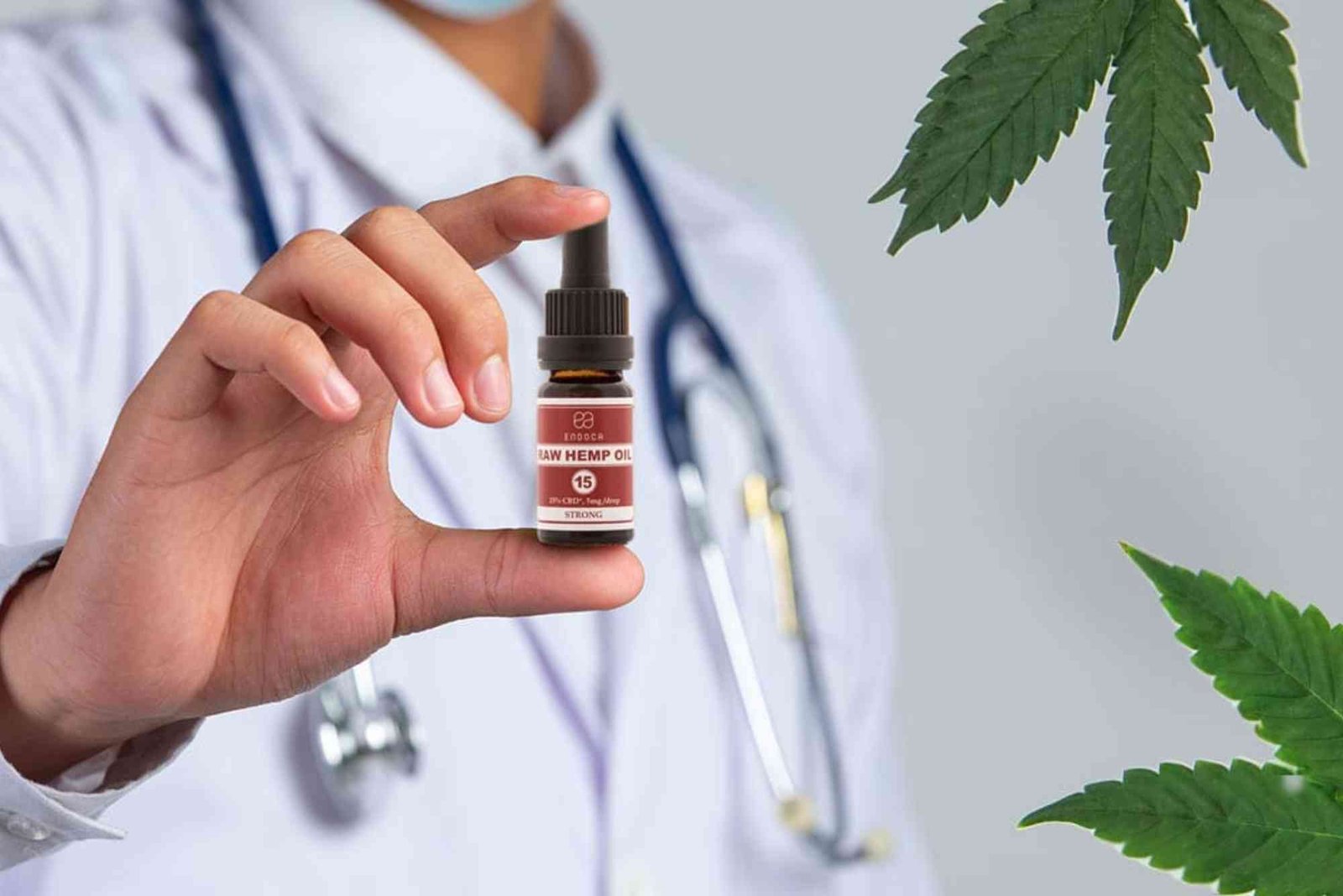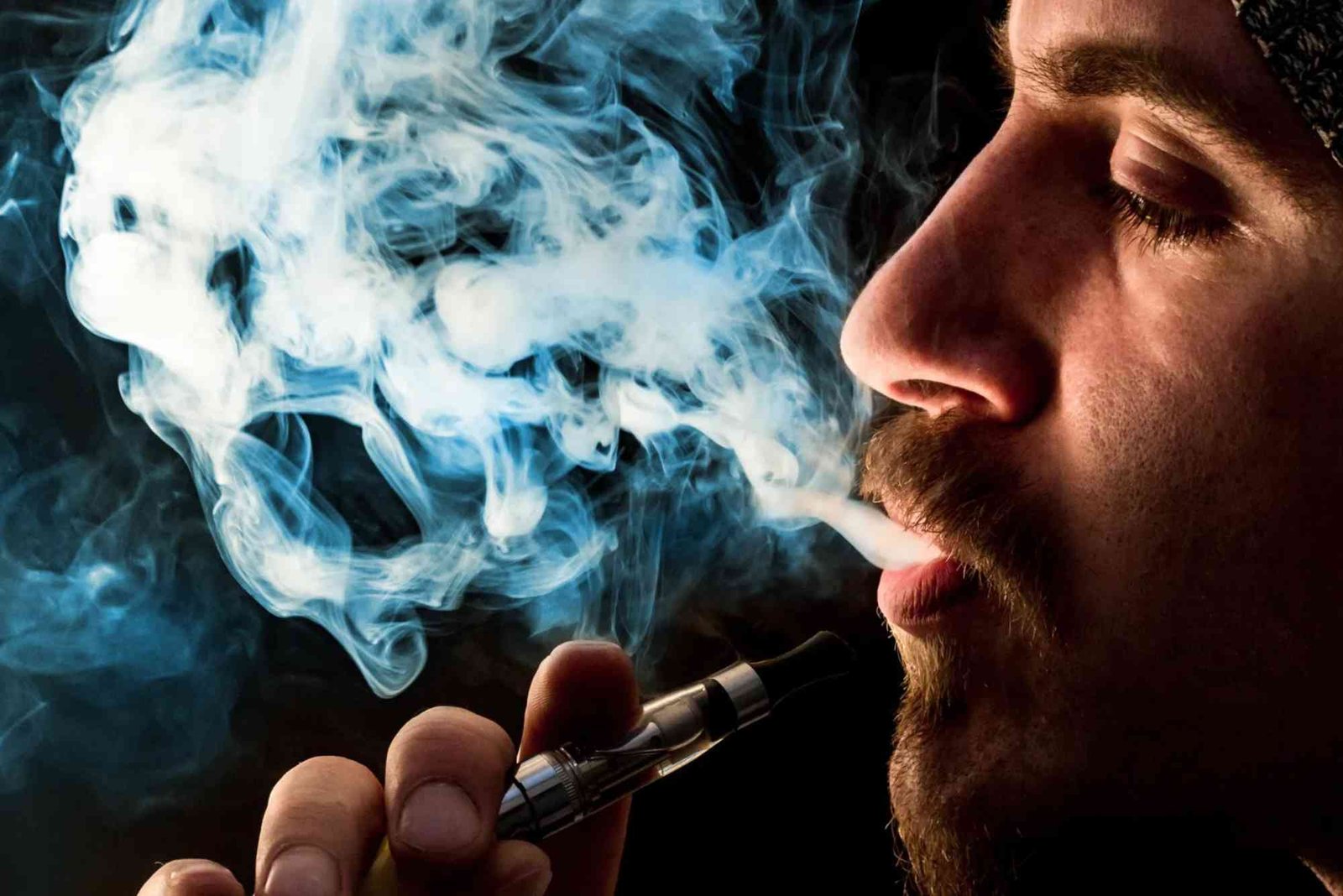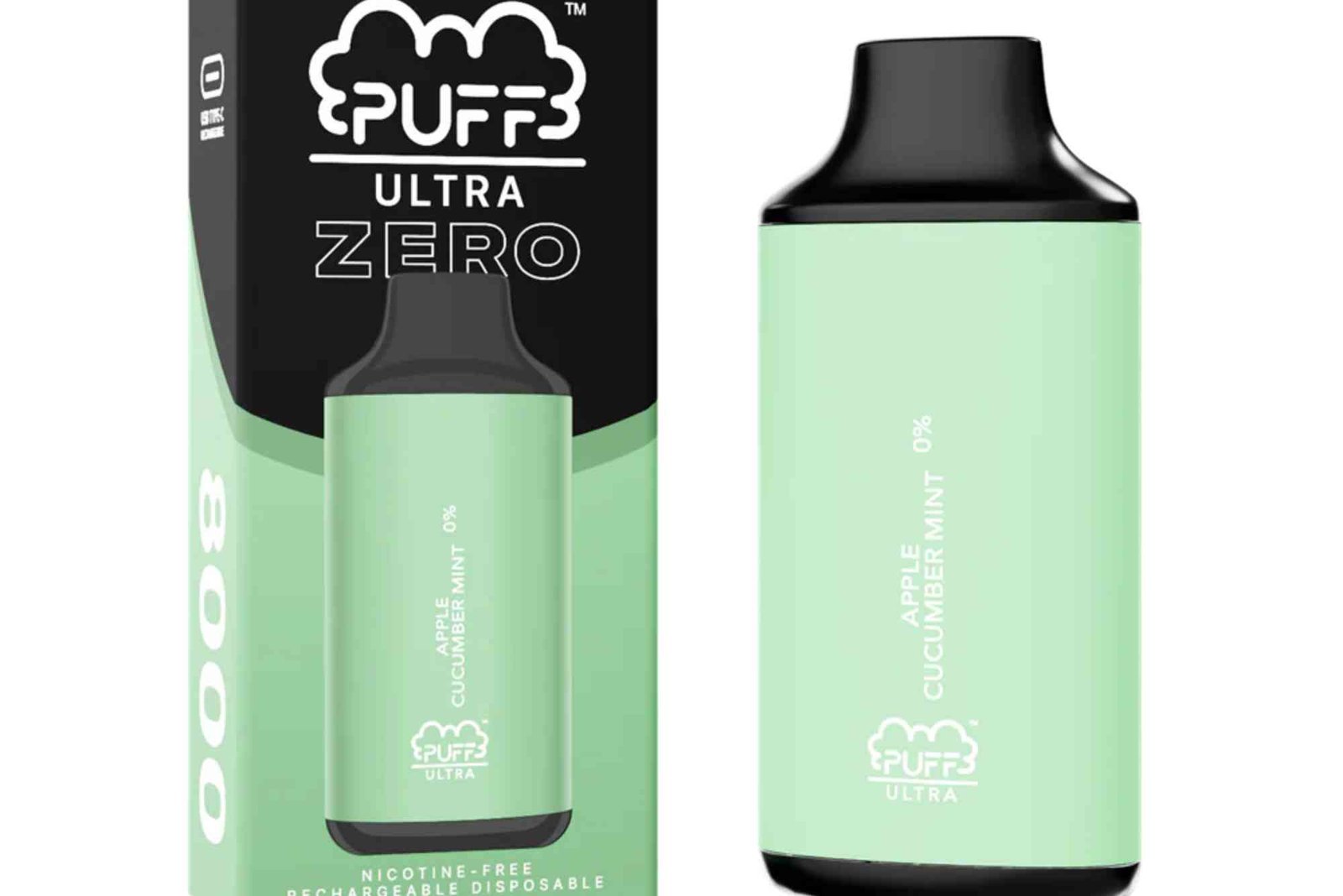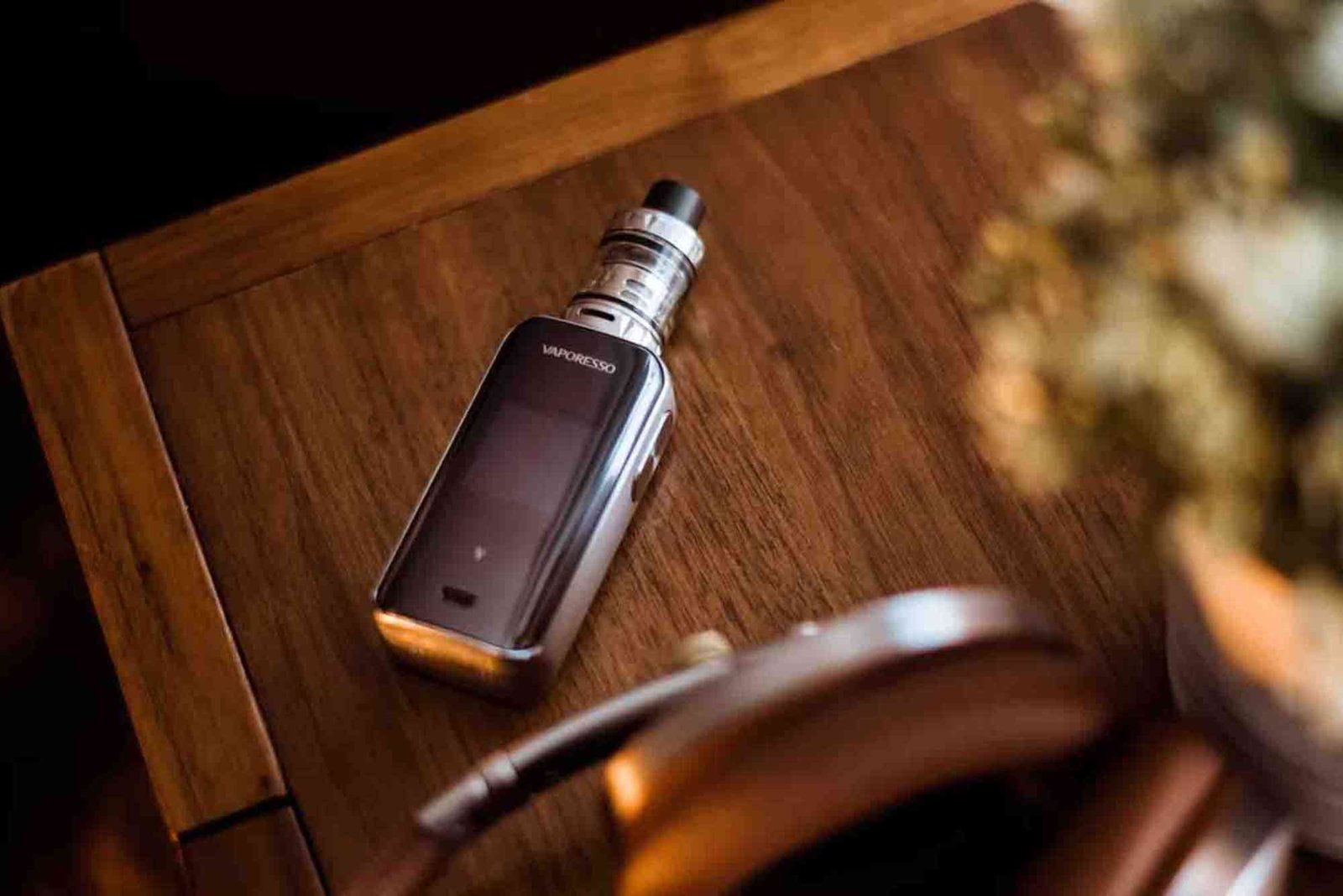Understanding Vape Wattage and Voltage Settings
Vaping isn’t just about flavors or clouds. It’s also about finding the right settings for your device. Whether you’re just starting or leveling up, understanding how wattage and voltage affect your vape can completely change your experience. This vape wattage guide will walk you through the basics and beyond — helping you vape smarter, safer, and with more satisfaction.
What Is Wattage in Vaping?
Wattage refers to the amount of power your vape device sends to the coil. In simple terms, more watts equal more heat. When your coil gets hotter, it vaporizes more e-liquid and produces more vapor.
Choosing the right wattage isn’t about cranking it to the max — it’s about balance. Too low, and you get weak hits. Too high, and you risk burnt coils or harsh hits. That’s why this vape wattage guide is essential.
Wattage and Coil Resistance
Every vape coil has a resistance rating, usually measured in ohms. The lower the resistance, the more power (wattage) it can handle. For instance, sub-ohm coils (under 1.0 ohm) are designed for high-wattage vaping and bigger clouds.
High-resistance coils (above 1.0 ohm) work best with lower wattage. These are great for mouth-to-lung (MTL) vaping, which mimics the feel of smoking a cigarette.
Variable Wattage Devices
Most modern vape kits come with variable wattage settings. This means you can adjust the power to suit your style. These devices often display recommended wattage ranges on the screen or packaging.
Always stay within the recommended range. It protects your coil, maintains flavor, and ensures safety.
What Is Voltage in Vaping?
Voltage is the amount of electrical pressure pushing through your coil. Think of it as the force behind the power. Many older or simpler devices use voltage instead of wattage controls.
While voltage and wattage are connected (via Ohm’s Law), wattage is now the standard because it allows more precise control. That’s why most vape wattage guides focus primarily on wattage.
Still, if you’re using a mechanical mod or voltage-based device, understanding how voltage works matters just as much.
Finding the Right Wattage for Your Device
There’s no one-size-fits-all number. The best wattage depends on your coil, e-liquid, and personal preference.
Here’s how you can approach it smartly.
Start Low and Work Up
When trying a new coil or flavor, start at the low end of the recommended wattage. This prevents dry hits and extends coil life. Gradually increase the wattage until you find your ideal flavor and cloud production.
Match Wattage to Coil Type
Sub-ohm coils often perform best between 40–100W, depending on the exact specs. MTL coils typically work well between 8–18W. If you ignore these ranges, you risk ruining the coil and wasting e-liquid.
Consider E-Liquid Ingredients
Higher VG liquids (used for cloud chasing) work better at higher wattages because they’re thicker. On the other hand, 50/50 VG/PG blends or high-PG juices perform well at lower wattages — giving you a smoother throat hit.
Common Wattage Ranges by Vaping Style
Understanding your vape style helps you choose the right wattage. Here’s how to break it down.
Mouth-to-Lung (MTL)
- Wattage Range: 8W–20W
- Best For: Smokers switching to vaping
- E-liquid Type: Higher PG, nicotine salts
- Coil Resistance: Above 1.0 ohm
MTL vaping is similar to smoking — you draw the vapor into your mouth, then inhale. It needs less power and is ideal for subtle flavor and discreet clouds.
Direct-to-Lung (DTL)
- Wattage Range: 40W–100W+
- Best For: Experienced vapers
- E-liquid Type: High VG, low nicotine
- Coil Resistance: Below 1.0 ohm
DTL vaping involves inhaling vapor directly into the lungs. It requires more power, a looser airflow, and produces larger clouds.
Restricted DTL (RDL)
- Wattage Range: 20W–40W
- Best For: Intermediate users
- E-liquid Type: Balanced VG/PG
- Coil Resistance: Around 0.6–0.8 ohm
RDL offers a middle ground — more flavor and cloud than MTL, but not as intense as DTL.
Risks of Using the Wrong Wattage
Setting your wattage too high can cause a burnt coil or throat irritation. Too low, and you might flood the coil or get weak hits.
Burnt coils not only taste terrible but can release harmful substances. Using the correct wattage keeps your vaping experience smooth, safe, and enjoyable.
How to Adjust Wattage Safely
If your device has a screen and wattage control:
- Check the coil’s recommended wattage range (on the coil or box).
- Start 5–10W below the max recommended wattage.
- Take a puff. If flavor or vapor is lacking, increase slightly.
- Stop increasing if you notice harshness or flavor decline.
Don’t jump straight to the highest setting. Doing so shortens coil life and wastes e-liquid.
Understanding Ohm’s Law (Made Simple)
Ohm’s Law is the foundation of vape electrical settings:
Voltage (V) = Current (I) x Resistance (R)
Wattage (P) = Voltage² ÷ Resistance
You don’t need to memorize formulas, but understanding the relationship helps. If you increase wattage without adjusting resistance, you’ll generate more heat. That’s why using the correct combination is critical.
Vape Wattage Guide for Different Devices
Not all devices are created equal. Here’s how wattage affects different setups.
Pod Systems
Simple and compact, pod systems often don’t allow much customization. Many are auto-regulated around 12–18W — great for MTL vapers.
Vape Pens
Pen-style vapes usually come with fixed or low variable wattage. They’re ideal for beginners wanting plug-and-play functionality.
Box Mods
These offer full wattage control — from 5W to over 200W. They’re for advanced users who want tailored vaping experiences.
Mechanical Mods
No wattage control here. Power depends on battery voltage and coil resistance. Only experienced vapers should use these, as there’s no safety chip.
Temperature Control vs Wattage Mode
Some devices let you choose between wattage mode and temperature control. Temp control (TC) regulates the heat of your coil rather than power. It requires compatible coils (like nickel or stainless steel).
Wattage mode is simpler and suits most vapers — especially beginners.
FAQs
What wattage should I vape at for best flavor?
Start low and gradually increase. Most flavors peak around 50–70W with sub-ohm coils.
Does higher wattage give bigger clouds?
Yes. More wattage produces more vapor. But balance is key — too much can burn your coil or ruin flavor.
Can I use any wattage for any coil?
No. Always follow the coil’s recommended wattage range. Using the wrong setting can damage the coil and your device.
Is vaping at low wattage safer?
Generally, yes. Low wattage reduces the chance of burning e-liquid and limits exposure to high temperatures. But safe use depends on correct coil pairing too.
Why is my vape harsh at high wattage?
Your coil might be overloaded. High wattage evaporates juice faster — if the wick can’t keep up, it burns, creating harshness.

